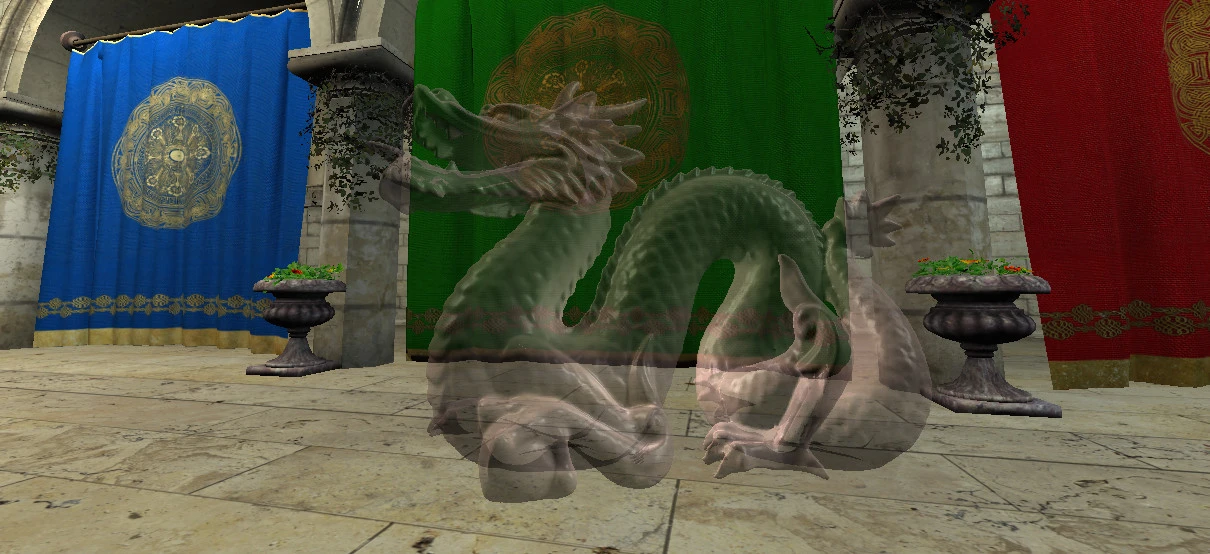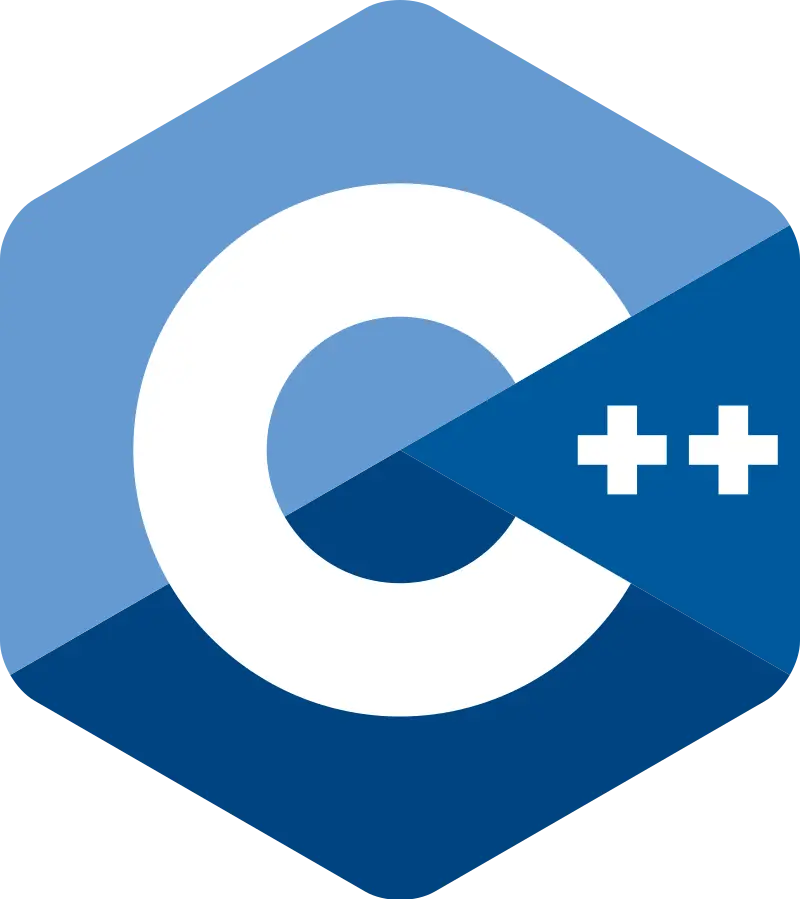
OpenGL OIT
Using C++ and modern OpenGL, I wrote a demo exploring a different approach to rendering transparent objects to reduce CPU overhead.
Traditional transparency approaches require additional CPU computation to sort objects, where this demo moves the computation to the GPU.
Click to view the source


Godot AMD FidelityFX Super Resolution
Using C++, I implemented AMD's FidelityFX Super Resolution in Godot for it's upcoming 4.0 release
Click to view the source


FPSDemo
Using the Godot game engine, I wrote a first person game.
It features a single level, physics based player and enemy movement, an easy to navigate UI, and a enemy AI that uses a behavior tree
Click to view the source


Topdown Ships
Using the Unreal Engine 4, I created a game that used both C++ and Blueprints.
In this game, the player shoots endless waves of enemies to try to achieve a high score.
Click to view the source


Emulator 6502
Using C, I wrote an emulator for the 6502 CPU.
It is designed to be extremely customizable in how it's connected to different devices using memory mapping.
Click to view the source


DJango
Using Python, Django, and Docker, I explored CRUD and REST principles.
In this demo, users can post and vote on polls using a SQL based database. Django is then ran within a docker container.
Click to view the source


CHeap
Using C, I wrote a simple heap manager that works on POSIX and Windows systems.
The heap uses a linked list approach for simplicity.
Click to view the source
